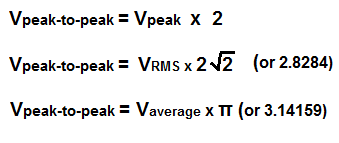Other Parts Discussed in Thread: CC3220SF-LAUNCHXL,
Hi, I use CC3220SF-LAUNCHXL and a custom AFE4403 module that uses the SPH7050.
I have read about TI's SLAA655 and TIDU124 note.
In the note, it says that
- The pulsatile part of the PPG signal is considered as the “AC” component, and the non- pulsatile part, resulting mainly from the venous blood, skin and tissue, is referred to as the “DC” component.
- Cardiac-synchronized AC signal is approximately 1% of the DC level.
- R = (ACrms of Red / DC of Red) / (ACrms of IR / DC of IR)
- This document does not go into the details of the SpO2 calculation,
The definition of "DC component" is understood. However, the "DC of IR" or "DC of Red" is not.
I'm currently reading LED2VAL, ALED2VAL, LED1VAL, ALED1VAL, LED2-ALED2VAL, LED1-ALED1VAL registers after configuring the PRF as 500 Hz and 25% duty cycle.
I'm reading each register 256 times before calculating the SpO2, so 256 samples are buffered in an array.
1. What is it meant by "DC of IR" or "DC or Red"? Also, how can I calculate that DC value after storing 256 samples? Just average 256 samples to calculate the DC value?
2. Lastly, if the ratio formula only asks for Red/IR LED's modulation ratio, R = (AC RMS of RED / DC of RED) / (AC RMS of IR / DC of IR),
is it unnecessary to read ALED2VAL, ALED2VAL, LED2-ALED2VAL, and LED1-ALED1VAL registers?
Or should I use LED2-ALED2VAL data to calculate (ACrms of Red / DC of Red) and LED1-ALED1VAL data to calculate (ACrms of IR / DC of IR)?
The usage of these 4 registers (ALED2VAL, ALED2VAL, LED2-ALED2VAL, and LED1-ALED1VAL) is quite confusing.


